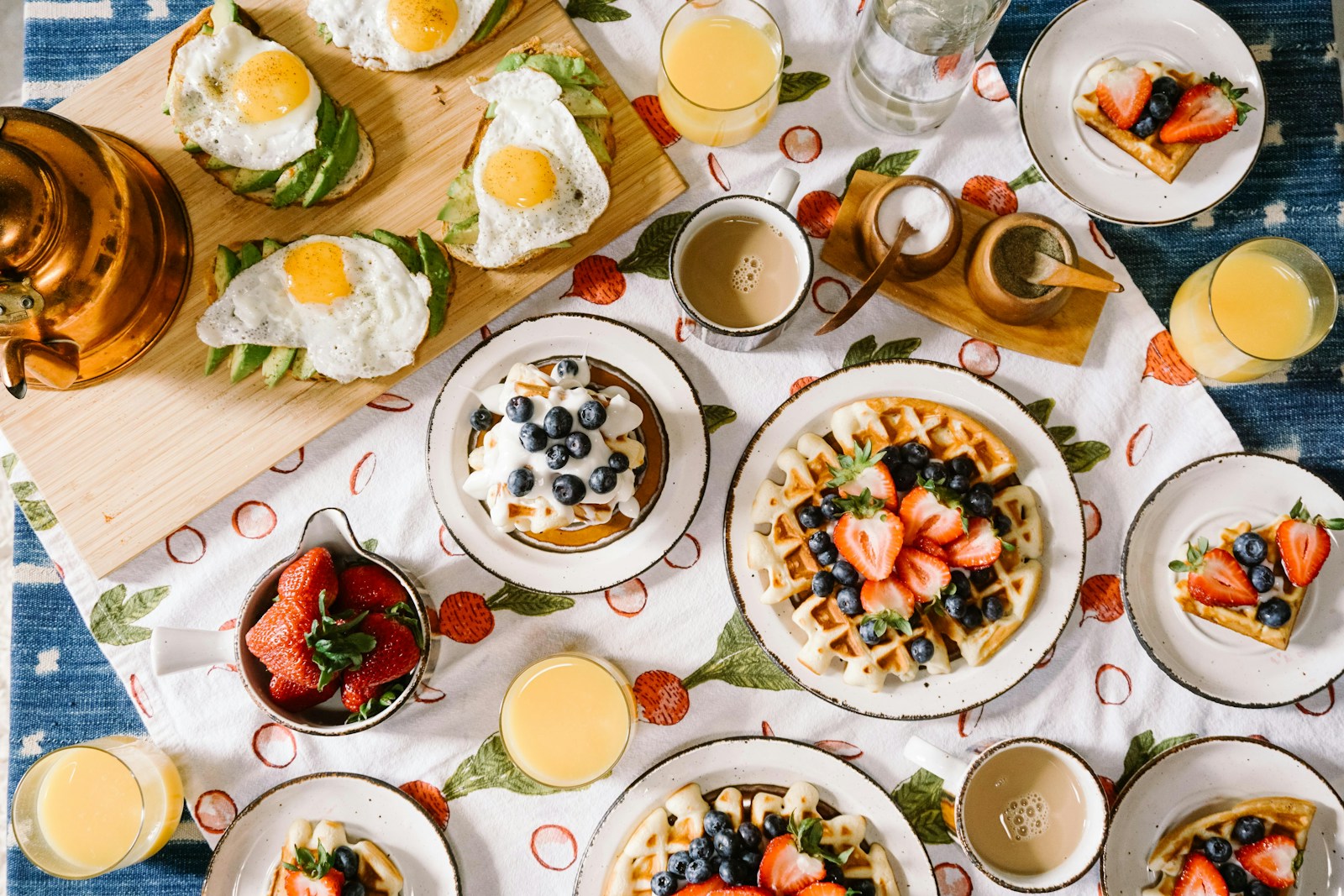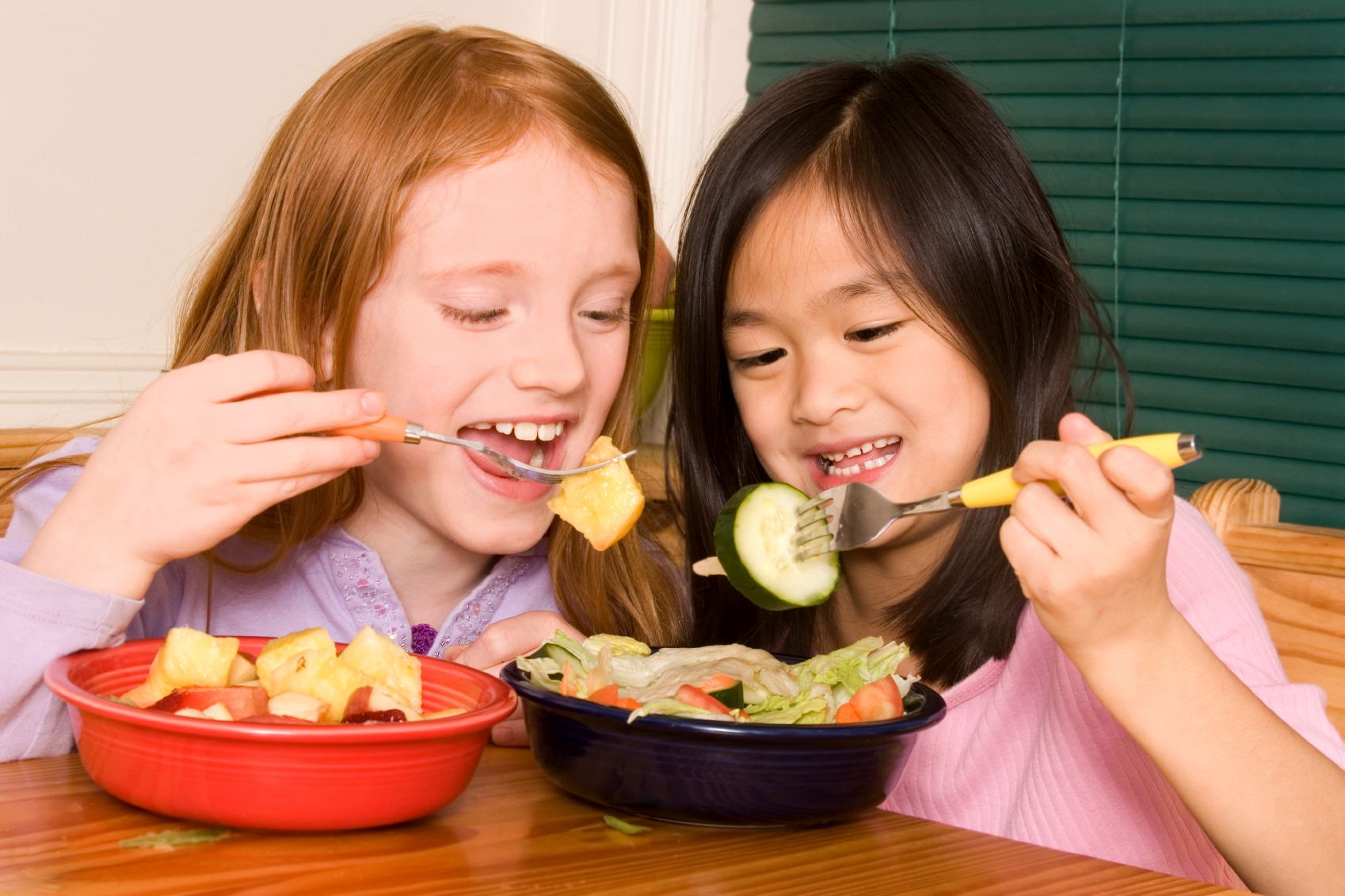
You’re trying your best to eat right, aren’t you? You’re swapping out those “bad” foods for what you *think* are healthier alternatives, carefully picking items that promise a path to a healthier you. But here’s the thing about the wellness world: it’s constantly evolving, and what was once touted as a superfood might just be wearing a clever disguise! It can be incredibly stressful to eat right if you don’t actually know what’s genuinely good for your body.
For years, we’ve been fed a narrative where certain foods are the undisputed champions of health, only to find out later that they’re barely better than the alternatives – and sometimes, not better at all! The dietary landscape has shifted significantly over the last few years, with a major push to scrutinize nutritional labels and ingredient lists more closely. It turns out, some of those “healthy” choices you’ve been making could actually be doing more harm than good in the long run.
So, are you ready for some eye-opening revelations? Get ready to rethink some of your go-to picks as we dive into a list of everyday foods that seem like a healthy option but might actually be secret saboteurs. We’re here to help you navigate these food traps by calling them out, empowering you to make truly informed decisions for your well-being. Let’s pull back the curtain on the first batch of these tricky foods!
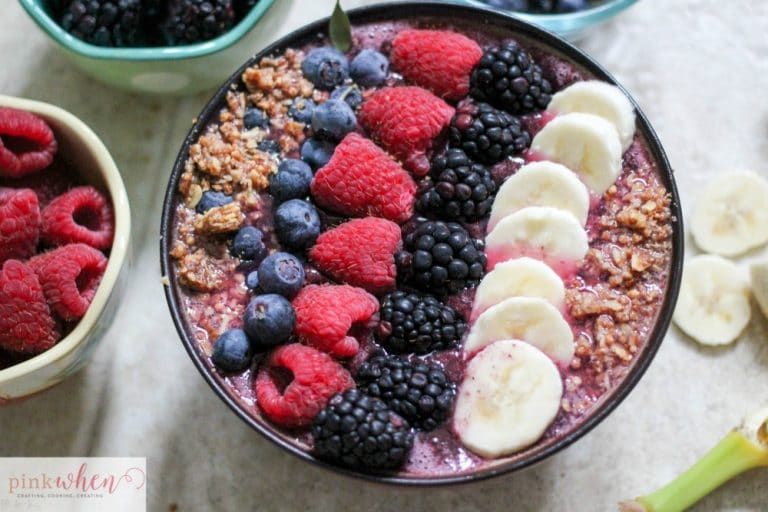
1. **Granola: Your ‘Healthy’ Breakfast’s Secret Sugar Bomb**Granola has long been the darling of the health food aisle, conjuring images of wholesome oats and natural goodness. It’s often seen as the perfect start to a day or a guilt-free snack. But here’s the kicker: many prepackaged granola varieties come with way too much sugar to genuinely be healthy, and they’re frequently packed with additional calories. This completely ruins the entire point of choosing a “healthy” snack in the first place!
While you might find some options in stores that seem healthier, even these can hide added sugars and additives that can completely sabotage your well-intentioned healthy lifestyle. Just consider Kellogg’s Special K Touch of Honey Granola, where a mere half-cup serves up 9 grams of sugar coming from four different sources, including white sugar, honey, corn syrup, and molasses. Depending on the brand, you could be consuming upwards of 400 calories per cup *before* you even add milk!
When it really comes down to it, if you want your granola to be anything other than a sugary, gut-busting mess, your best bet is often to go the DIY route. Making your own allows you to control exactly what goes in, ensuring you get wholesome ingredients and keep those sneaky sugars in check. This way, your breakfast can truly be the nourishing start you’re aiming for.
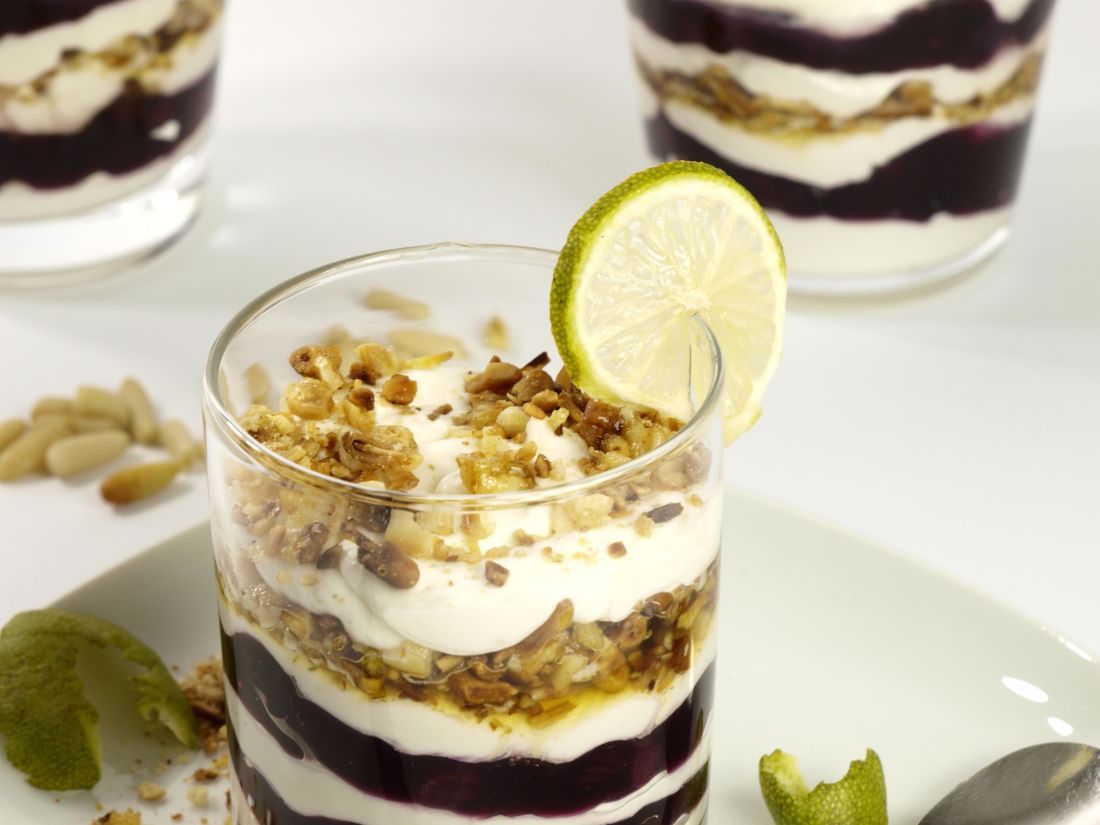
2. **Flavored Yogurt: A Dessert in Disguise?**Yogurt is widely touted as a wonderful, healthy, and nutritious snack, celebrated for its probiotics and gut-friendly benefits. However, this doesn’t mean that all varieties are equally great for you. In general, there’s a simple rule of thumb: the tastier and more indulgent a yogurt is, the less healthy it tends to become. It’s a bit of a bittersweet truth, isn’t it?
Take, for instance, those popular kinds with fruit on the bottom. While they look appealing, they often contain far more sugar than is healthy, largely because the fruit itself is soaked in its own sweet mixture. Many flavored yogurts are loaded with potentially carcinogenic artificial colors, flavors, and heaps of added sugar, syrups, and artificial flavors, pushing their sugar content sky-high. They can be just as bad as ice cream!
For a truly healthier choice, it may be best to opt for plain yogurt. Then, you can add your own fresh fruit and natural sweeteners. This way, you have complete control over how much sugar you’re getting, ensuring that your snack remains nutritious and aligned with your health goals. It’s a simple switch that makes a huge difference!
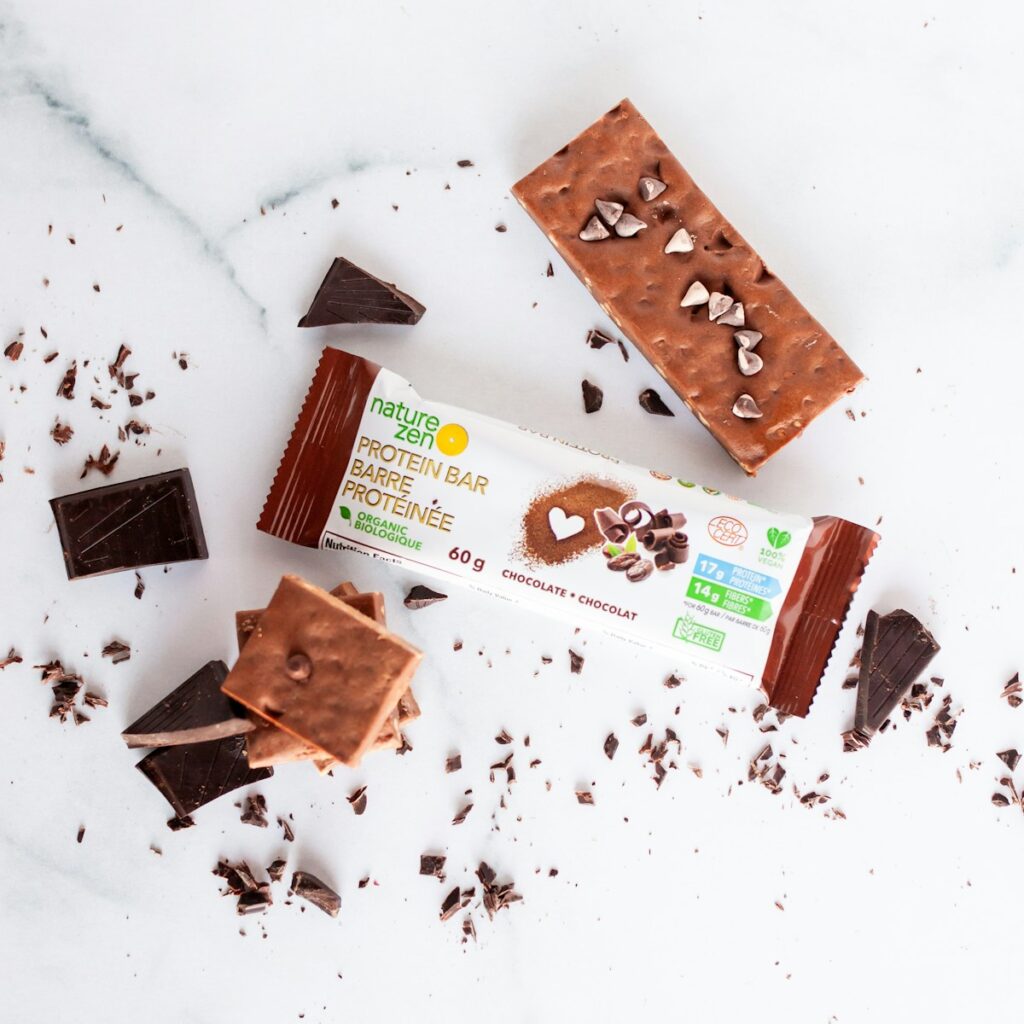
3. **Protein Bars: Your Post-Workout Candy Bar?**Protein bars have become a go-to for many looking for a quick protein fix, whether after a workout or as a meal replacement on the go. While it’s true you might get a high dose of protein from these convenient bars, you’ll also likely get a whopping dose of sugar in most brands. It’s a trade-off that often flies under the radar!
The ingredients added to these bars play a huge role in determining how healthy or unhealthy they truly turn out to be. If you’s consistently choosing bars that are soaked in chocolate or laden with syrupy coatings, you’re essentially getting your protein at a high cost, often comparable to a candy bar. Between belly-bloating soy, sodium, artificial colors, sugar, and high fructose corn syrup, many protein bars are potential saboteurs to your well-being.
Luckily, not every product doubles as a sugar bomb. The key is to look beyond the bold claims on the front of the box and scrutinize the nutrition labels and ingredient lists. Even sugar-free or low-carb protein bars aren’t always better; research has linked artificial sweeteners, often used in these, to an increased risk for weight gain and sugar cravings. Making an informed decision means truly knowing what you’re fueling your body with.
Product on Amazon: Barebells Protein Bars Chocolate Dough – 12 Count, 20g High Protein Treats – Chocolate Nutrition Bar with 1g Total Sugars – On-The-Go Breakfast or Post-Workout Snack
Brand: BAREBELLS
Binding: Grocery Product Group: Grocery
Price: 30.79 USD
Rating: 4.4 Total reviews: 16376
Type: Protein
Flavor: Chocolate Dough
Product Benefits: High Protein
Number of Items: 12
Unit Count: 23.28 Ounce
Features:
1. BAREBELLS CHOCOLATE DOUGH PROTEIN BAR – 12 individual yummy Barebells protein bars! Tired of eating bars that taste like cardboard? Our delicious Chocolate Dough bars are filled with mouthwatering chocolate dough, covered in creamy milk chocolate, and coated in chocolate crisps.
2. DELICIOUS HIGH PROTEIN SNACKS WITHOUT ADDED SUGAR – Searching for protein bars that taste like a chocolate bar or treat? This protein bar from Barebells is free from added sugars and packed with 20 grams of protein.
3. LEGENDARY TEXTURE AND TASTE – Barebells high protein bars are famous for their soft texture and mouth-watering flavors. Barebells chocolate protein bars were crafted to delight your taste buds!
4. CONSCIOUS SNACKING – Our bars are available in 9 incredible flavors, GMO Free and Palm Oil Free. We are on a quest to continue to develop our products and to prove to the world that macro-friendly protein bars don’t have to taste bland… But delicious!
5. ON THE GO HIGH PROTEIN SNACKS – Barebells are the ultimate choice for a pre-workout or post-workout snack, as an office snack, or for anyone who wants to satisfy a chocolate or sweet craving, without the added sugar*
Shopping on Amazon >>

4. **Fruit Juice: Stripped of Its Goodness**When you think of fruit, you think healthy, right? So, fruit juice must be healthy too! Well, here’s a common misconception: fruit juice does not equal fruit any more than peanut butter equals peanuts. Unless you’re meticulously choosing a brand that explicitly lists the ingredients as “fruit and fruit only,” you are likely taking in a whopping amount of refined sugar. It’s a sneaky way for sugar to enter your diet!
Additionally, the industrial process used to extract juice often strips out the all-important fiber. This fiber is crucial because it helps to balance those naturally occurring sugars found in whole fruit. Without it, your body absorbs the sugars much faster, leading to quicker blood sugar spikes. It’s a far cry from the balanced nutritional profile of a whole piece of fruit.
Eating whole fruit is unequivocally a much better choice. The intact fiber in whole fruit can help your body process the sugar more effectively, preventing those rapid spikes and crashes that can leave you feeling hungry shortly after. Don’t let the “fruit” in “fruit juice” trick you into thinking it’s a direct substitute for nature’s perfect package.

5. **Low-Fat & Reduced-Fat Foods: The Sugar and Salt Swap**For years, “low-fat” was seen as the golden ticket to healthier eating and weight loss. It seemed like the obvious choice for anyone looking to shed a few pounds or improve their heart health. But it’s absolutely crucial to read the label of every food you buy, because low-fat foods often come with their own set of surprising problems. This one is a real eye-opener!
Many manufacturers, in an effort to compensate for the reduction in fat and make the product taste better, will add significant amounts of sugar or salt to the recipe instead. Sugar isn’t even calculated into “fat,” so a product can proudly be labeled “low-fat” even if it contains a ton of sugar – Twizzlers, for example, which clearly aren’t a health food! This doesn’t even consider the fact that fat is actually a necessary component for a healthy, well-balanced diet.
Similarly, be cautious with labels like “reduced fat.” Consumers might think “low sodium” and “reduced sodium” mean the same thing, but they don’t, and the same principle applies here. “Reduced fat” simply means the product contains at least 25 percent less fat than the regular version. It doesn’t mean it’s “low-fat” (which implies three grams of fat or fewer per serving) or “fat-free” (less than half a gram per serving). So, “reduced fat” isn’t always what it seems – always, always check those labels!
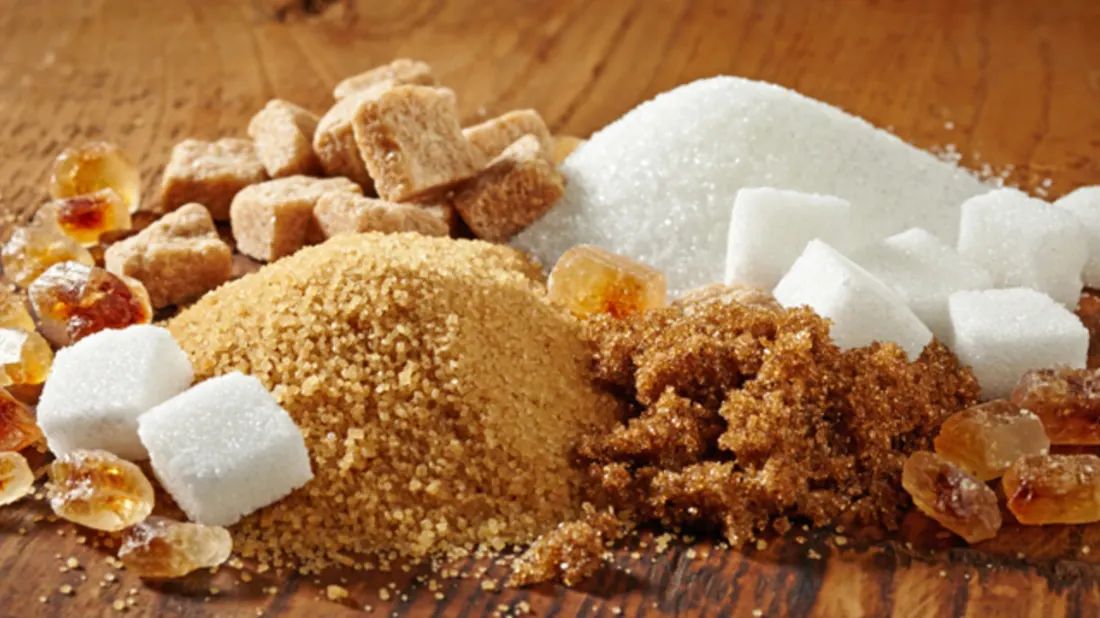
6. **Sugar-Free Foods: The Artificial Sweetener Conundrum**The idea of enjoying your favorite sweet treats without the sugar seems like a dream come true for many. And while not all sugar-free foods are an unwise choice, a significant number of them substitute traditional sugar for artificial sweeteners like aspartame, neotame, or similar non-sugar alternatives. The goal is to keep the taste without the carbohydrates, but this often introduces a new set of concerns.
While some of these sweeteners might be considered safe, especially natural ones, the chemical sweeteners can potentially cause more harm than they’re worth. For example, as aspartame is digested, it can build up in the body and has been linked to everything from gastrointestinal problems to migraines. Even more ironically, these artificial sweeteners can sometimes mess with your metabolism, potentially leading to weight gain despite cutting out sugar.
It’s a tricky balance, isn’t it? The takeaway here is to empower yourself with knowledge. Before you reach for that “sugar-free” label, take a moment to do your research on the artificial sugars used in the product. Understanding the potential impacts of these chemical sweeteners on your body is key to making choices that truly support your health, rather than just avoiding sugar.
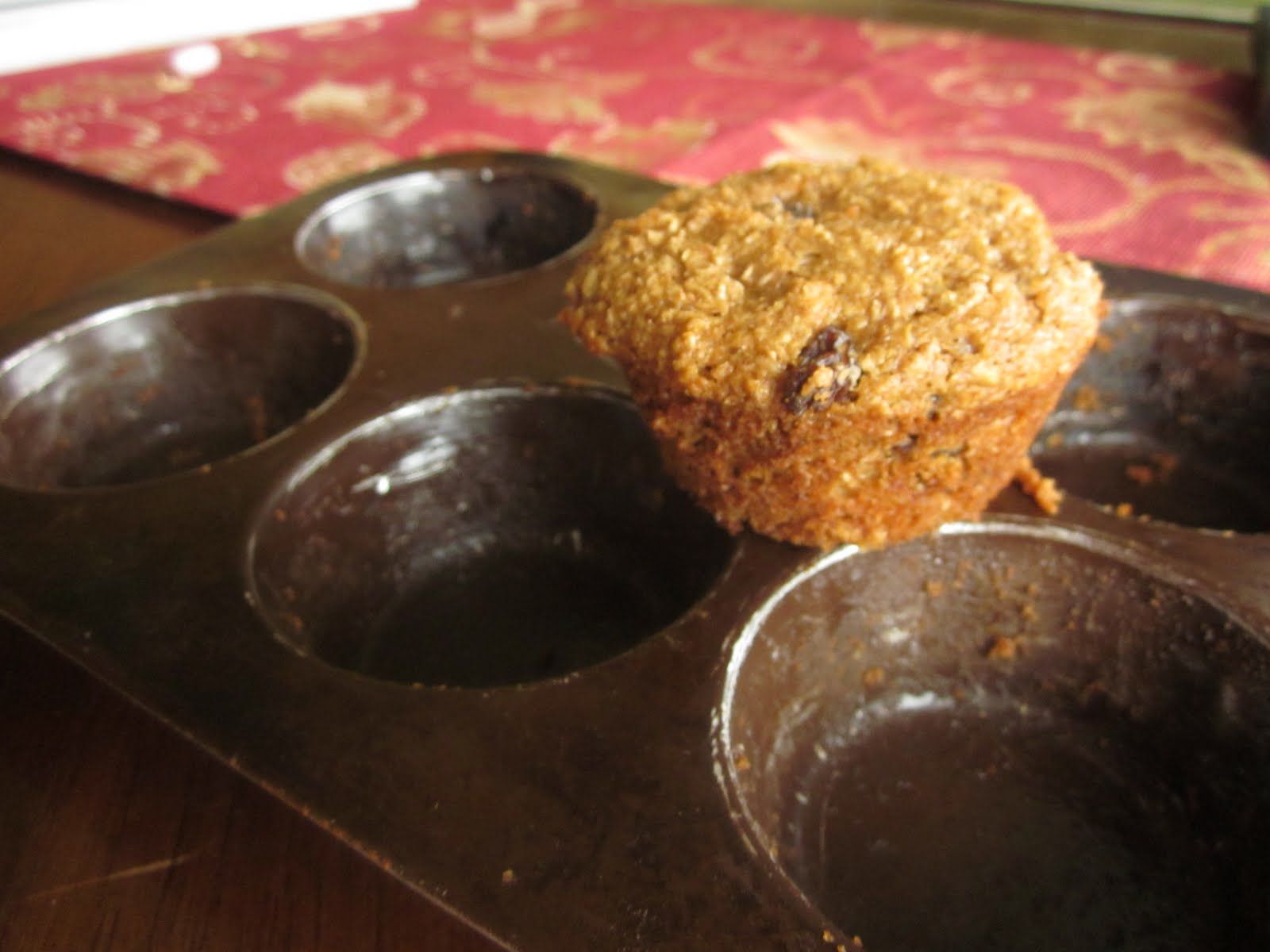
7. **Bran Muffins: The Oversized Health Imposter**When you hear “bran,” your mind likely jumps straight to “healthy,” right? Bran is synonymous with fiber, digestive health, and sensible eating. So, a bran muffin seems like a perfectly virtuous choice, especially when compared to a decadent croissant or a sugar-laden donut. However, this seemingly wholesome option often comes with a surprising reality check.
Even if you’re making the “better” choice of a bran muffin, chances are that muffin is roughly the size of a softball. This generous size usually means it’s equivalent to at least two servings worth of muffin! On top of that, most commercially prepared bran muffins are packed with substantial amounts of sugar and butter. They might look innocent, but their nutritional profile can be quite shocking upon closer inspection.
While it’s probably a marginally better option than, say, a double-chocolate, chocolate chip muffin, it’s still generally not a truly healthy choice for a single serving. To make it genuinely beneficial, you’d need to either eat only a portion of it or, even better, bake them at home at a normal muffin size. This way, you can control the ingredients and serving size, ensuring your bran muffin truly contributes to your healthy eating goals.
You’ve peeled back the curtain on some of the biggest culprits in your pantry, but guess what? The plot thickens! Just when you thought you had a handle on healthy eating, there’s another layer of seemingly innocent foods waiting to ambush your wellness goals. These next few items often hide behind a veneer of health, only to reveal their true colors through deceptive processing or sneaky additions.
Ready to become an even savvier super shopper? Let’s dive deeper into those common convenience foods and popular snacks that are anything but the health heroes they claim to be. Knowing what’s really in your food empowers you to make genuinely good choices, so buckle up for more surprising revelations!
Product on Amazon: Jovvily Oat Bran Muffin Mix – 1 lb – Sweet Treat – Easy to Make – Convenient
Brand: Jovvily
Binding: Product Group: Grocery
Price: 11.99 USD
Rating: 4.0 Total reviews: 42
Flavor: Oat
Number of Items: 1
Unit Count: 16.0 Ounce
Allergen Information: Eggs
Features:
1. Jovvily Oat Bran Muffin Mix is quick & easy to make
2. A sweet treat with a moist texture
3. Perfect for any occasion
4. Delicious ingredients to share with friends and family
5. Proudly packaged in Utah, USA
Shopping on Amazon >>

8. **Banana Chips: A ‘Fruity’ Snack That’s Anything But**We all love bananas, right? They’re packed with potassium and a naturally sweet energy boost. So, it makes sense to assume that anything with “banana” in the name, like banana chips, would also be a wholesome, guilt-free snack. But hold your horses, because this is where a seemingly healthy choice takes an unexpected turn!
Here’s the surprising truth: most commercially available banana chips are actually deep-fried. Yes, you heard that right – deep-fried! This preparation method instantly transforms them into a food high in saturated fats and calories, a far cry from their fresh, peeled counterparts. Consuming these regularly can significantly increase your cholesterol levels and raise your risk of cardiovascular disease or even diabetes.
What’s more, the very process of frying strips bananas of many of their naturally occurring vitamins and minerals. So, while you might think you’re getting a dose of fruit-based goodness, you’re mostly getting fat and empty calories. If you’re craving that banana flavor but want a genuinely healthy option, skip the fried chips and opt for baking or dehydrating banana slices yourself. Your body will thank you!

9. **Gluten-Free Foods: Not Always the Health Halo You Imagine**In recent years, “gluten-free” has become a buzzword, often associated with healthier living and weight loss. For individuals with celiac disease or gluten sensitivity, going gluten-free is an absolute necessity, and for them, these products are a lifesaver. However, if you’re making the switch simply because you believe it’s inherently healthier, you might be falling for a common dietary misconception.
Here’s the rub: many gluten-free products, particularly snacks and baked goods, are highly refined. In an effort to mimic the texture and taste of their gluten-containing counterparts, manufacturers often swap out whole grains for alternative flours that lack the same nutritional punch. This means these products frequently contain fewer antioxidants and less fiber than the whole-grain options you might be shunning.
So, while you’re avoiding gluten, you could be missing out on valuable nutrients. It’s crucial to remember that gluten isn’t inherently “bad” for everyone. Always compare nutritional labels, even within the gluten-free aisle. If you’re truly committed to avoiding gluten and want to ensure optimal health benefits, consider making your own baked goods at home, controlling the ingredients yourself.
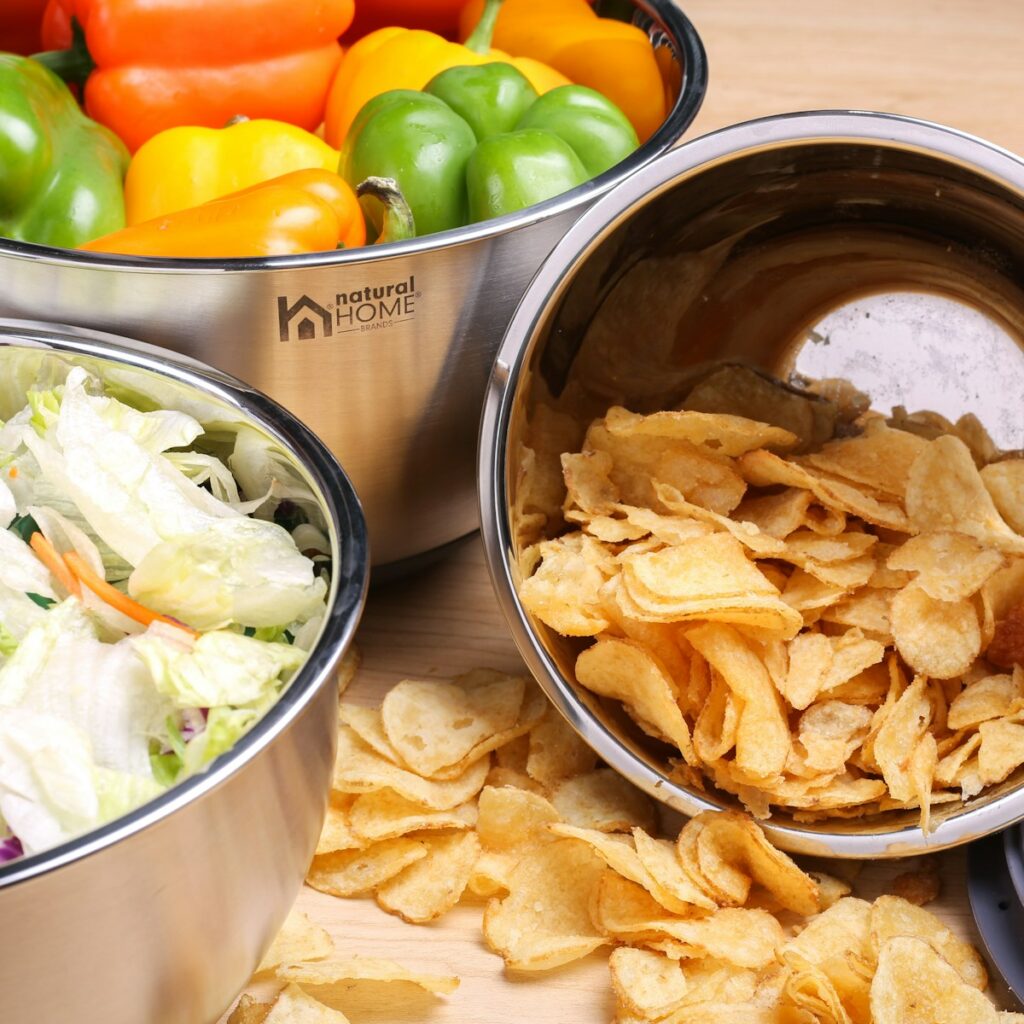
10. **Veggie Chips: A Green Facade for a Salty Truth**The name “veggie chips” certainly sounds like a winning combination, doesn’t it? It conjures images of vibrant vegetables delivering a satisfying crunch, making you feel virtuous about your snack choice. If you’ve been picking these up thinking you’re doing your body a favor compared to regular potato chips, you’re definitely not alone in that assumption.
However, it’s time for a dose of reality: packaged veggie chips or straws are, unfortunately, almost on par with their potato-based cousins. Despite the “veggie” in their name, they often offer minimal health benefits. A single ounce of veggie chips, for instance, can contain 130 calories and 7 grams of fat, along with 16 grams of carbohydrates and a surprising 230 milligrams of sodium.
While the calorie and fat content might be slightly less than some potato chips, the sodium count can actually be higher! The ultra-thin cuts of vegetables used to make these chips crispy hardly contribute significant nutrients to your diet. For a truly healthy vegetable snack, stick to fresh, natural options like carrots, celery sticks, or bell pepper slices. Now *that’s* a real veggie win!
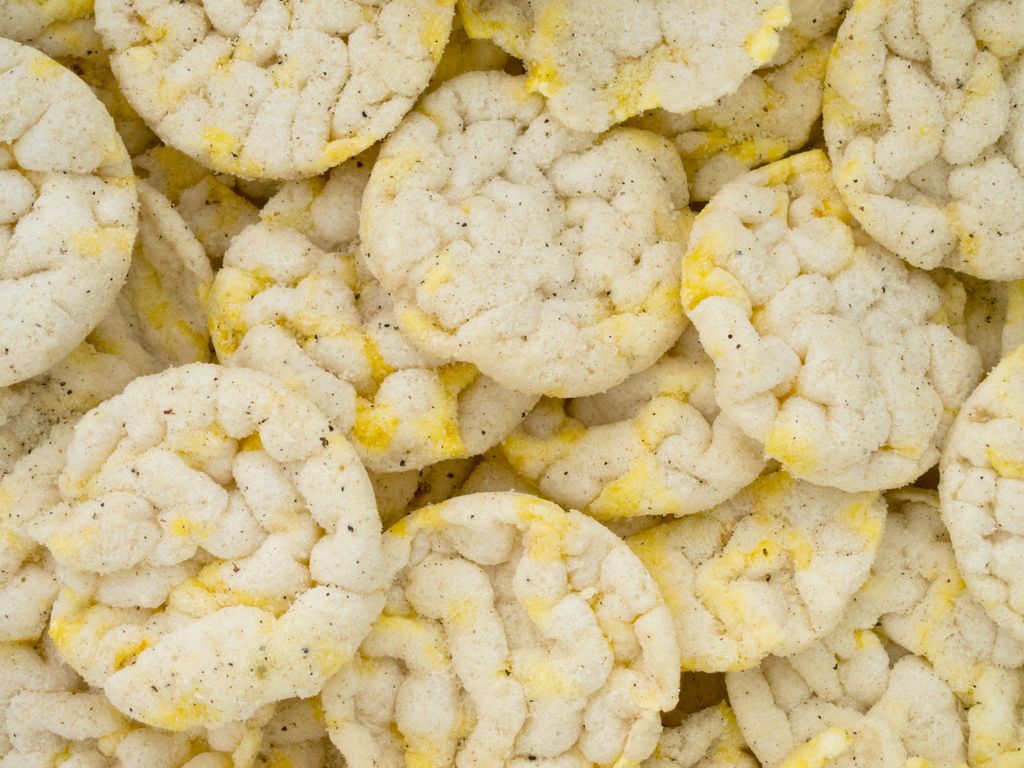
11. **Rice Cakes: The “Diet” Snack That Leaves You Empty**Rice cakes had their moment in the sun, especially for those looking for low-fat and low-calorie snack options. They seemed like the ultimate blank canvas for healthy toppings, promising a light and guilt-free bite. Their appeal stemmed from these two seemingly beneficial attributes, making them a popular choice for dieters.
But here’s the less glamorous side of the story: while they might be low in fat and calories, rice cakes are also remarkably lacking in essential nutrients. They are primarily simple carbohydrates and rank high on the glycemic index. This means they cause your blood sugar to spike quickly, giving you a temporary rush of energy that’s soon followed by a crash, leaving you feeling hungry again within a few hours.
And beware of those flavored varieties! While plain rice cakes might be acceptable in extreme moderation, those with savory flavors like cheddar or ranch, or sweet options like caramel corn, pack high sodium counts or added sugars. For example, a single Quaker Caramel Corn rice cake contains 3 grams of sugar from a blend of sugar, fructose, and maltodextrin. So, next time, consider a snack with more staying power and nutritional value.
Product on Amazon: Drizzilicious Mini Rice Cakes Birthday Cake – Rice Crisps, Healthy Snack for Adults and Kids, Flavored Rice Cakes, Vegan, Gluten Free, Allergen Free, Only 90 Calories Per Bag – 0.74 oz (Pack of 10)
Brand: Drizzilicious
Binding: Product Group: Grocery
Price: 14.99 USD
Rating: 4.7 Total reviews: 3038
Flavor: Birthday Cake
Package Information: Bag
Item Weight: 7.4 Ounces
Number of Items: 1
Features:
1. BIRTHDAY CAKE – Our delectable Birthday Cake rice cakes are made with healthy, plant-based ingredients like quinoa, chia, and flaxseed! They’re popped to perfection & drizzled in white chocolate sauce
2. GUILT-FREE SNACKING – We wanted to create a snack that you can enjoy without worrying about hidden ingredients. That’s why our rice cakes are certified Gluten Free, Non-GMO, Vegan and Allergen Free
3. LOW CALORIE DESSERT – Drizzlicious Mini Rice Cakes contain only 90 calories and 5 grams of sugar per bag. They’re a better-for-you dessert alternative in individual bags for on-the-go snacking
4. TRY OUR OTHER FLAVORS – Try all the tasty treats in the Drizzlilicious family including Cinnamon Swirl, Cookies & Cream, Salted Caramel and Smores
5. ABOUT US – At Drizzlicious, we care about creating snacks that our equally delicious and nutritious. That’s why we only use quality, plant-based ingredients and make all our tasty treats gluten free!
Shopping on Amazon >>
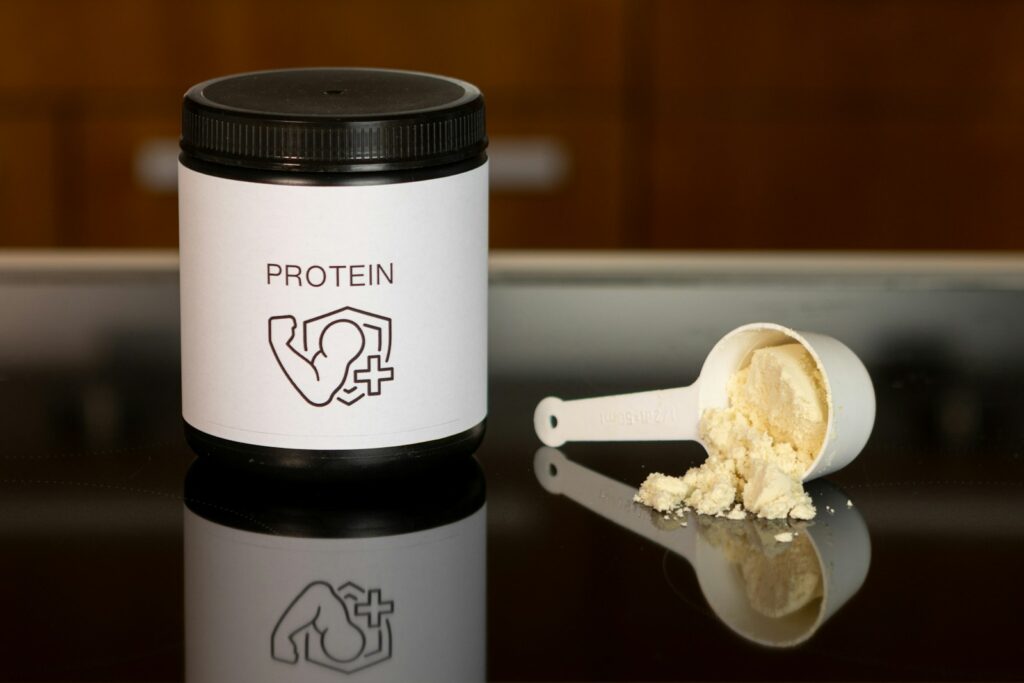
12. **Protein Shakes: Are You Drinking a Meal Replacement or a Milkshake?**Protein shakes are marketed as the ultimate convenience for muscle recovery, meal replacement, or a quick protein boost on a busy day. They seem like a smart, efficient way to get essential nutrients, and for some specific goals, they can indeed be beneficial. However, it’s crucial to scrutinize what’s actually inside that bottle or powder.
Many commercially prepared protein shakes have more in common with a milkshake than a health drink. Depending on the brand, these shakes can be absolutely loaded with sugar, turning your supposed health drink into a sugary dessert. And before you reach for the “sugar-free” version, be aware that these often rely on artificial sweeteners. Ironically, these artificial sweeteners can sometimes contribute to weight gain and even increase sugar cravings.
The best way to ensure your protein shake is truly a healthy choice is to make your own. By blending your own ingredients, you have complete control over the type and amount of protein, the natural sweeteners (like fruit), and the absence of undesirable additives. This approach guarantees you’re fueling your body effectively, without the hidden sugars or chemical surprises.

13. **Popcorn: The Healthy Whole Grain, Until It’s Not**Popcorn, in its purest form, is a whole grain that can be a surprisingly low-calorie snack, especially when air-popped. It’s got fiber, it’s satisfying, and it can be a great alternative to many less healthy snack options. This is why many people consider it a healthy choice for movie nights or afternoon munchies.
But here’s the caveat: the vast majority of pre-popped and microwaveable popcorn varieties are far from healthy. They are often loaded with trans fats, which are detrimental to heart health, and excessive amounts of salt. Even consuming a small amount of these prepared versions can put your health at risk due, in part, to these harmful additions.
If you can’t imagine life without popcorn, the solution is delightfully simple and incredibly easy: pop your own! All you need are some kernels and a little oil. Throw them in a pot, wait for the magic to happen, and then you can add whatever healthy flavorings you desire, from a sprinkle of nutritional yeast to a dash of chili powder. It’s a game-changer for your snack game!
Read more about: Fuel Your Day Right: 8 Power-Packed Healthy Snack Ideas to Stay Full and Energized
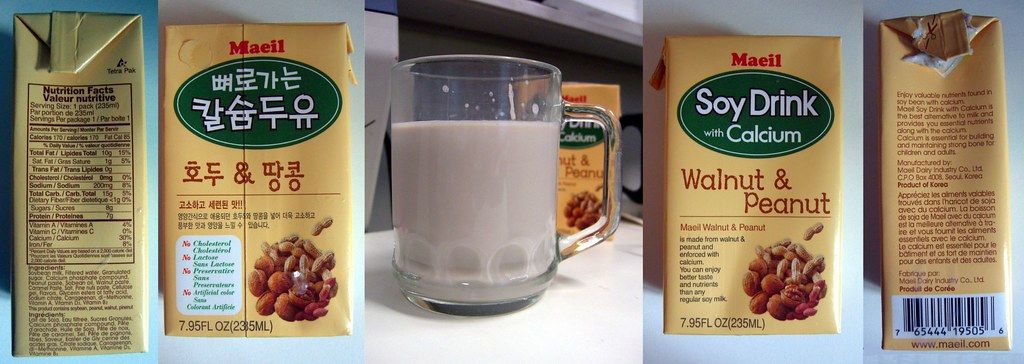
14. **Soy Milk: A Dairy Alternative with a Hidden Sweetness**For those avoiding dairy or looking for plant-based alternatives, soy milk has long been a popular choice. It’s often perceived as a healthier, more sustainable option compared to traditional cow’s milk. And in its unsweetened form, it can indeed be a decent choice.
However, many popular soy milk varieties suffer from a common issue found in other seemingly healthy drinks: too much added sugar. While regular dairy milk contains natural sugar in the form of lactose, many soy milk brands add sugar to mimic that natural sweetness, making them more palatable to consumers. For instance, a single cup of chocolate soy milk can pack up to 19 grams of sugar, while even the “original” sweetened varieties can have 7 grams.
While unsweetened soy milk is available with as little as one gram of sugar, it may not appeal to those accustomed to the sweeter versions. Furthermore, some sources raise concerns about soy acting as an endocrine disruptor, especially for individuals with hormonal issues. So, if you’re reaching for soy milk, always opt for unsweetened and be mindful of your overall sugar intake.
And there you have it! From seemingly innocent banana chips to the surprising sugar content in your soy milk, it’s clear that navigating the grocery store aisles requires a keen eye and a bit of skepticism. The world of “healthy” foods is constantly evolving, and what appears to be a good choice on the surface can sometimes be a wolf in sheep’s clothing, packed with hidden sugars, unhealthy fats, or excessive sodium.
The takeaway isn’t to fear food, but to empower yourself with knowledge. Always check those nutrition labels and ingredient lists, question marketing claims, and remember that whole, unprocessed foods are almost always your best bet. Making truly informed decisions for your well-being means understanding what you’re really putting into your body, ensuring every bite contributes to a healthier, happier you. So go forth, savvy eater, and conquer those deceptive food traps!

